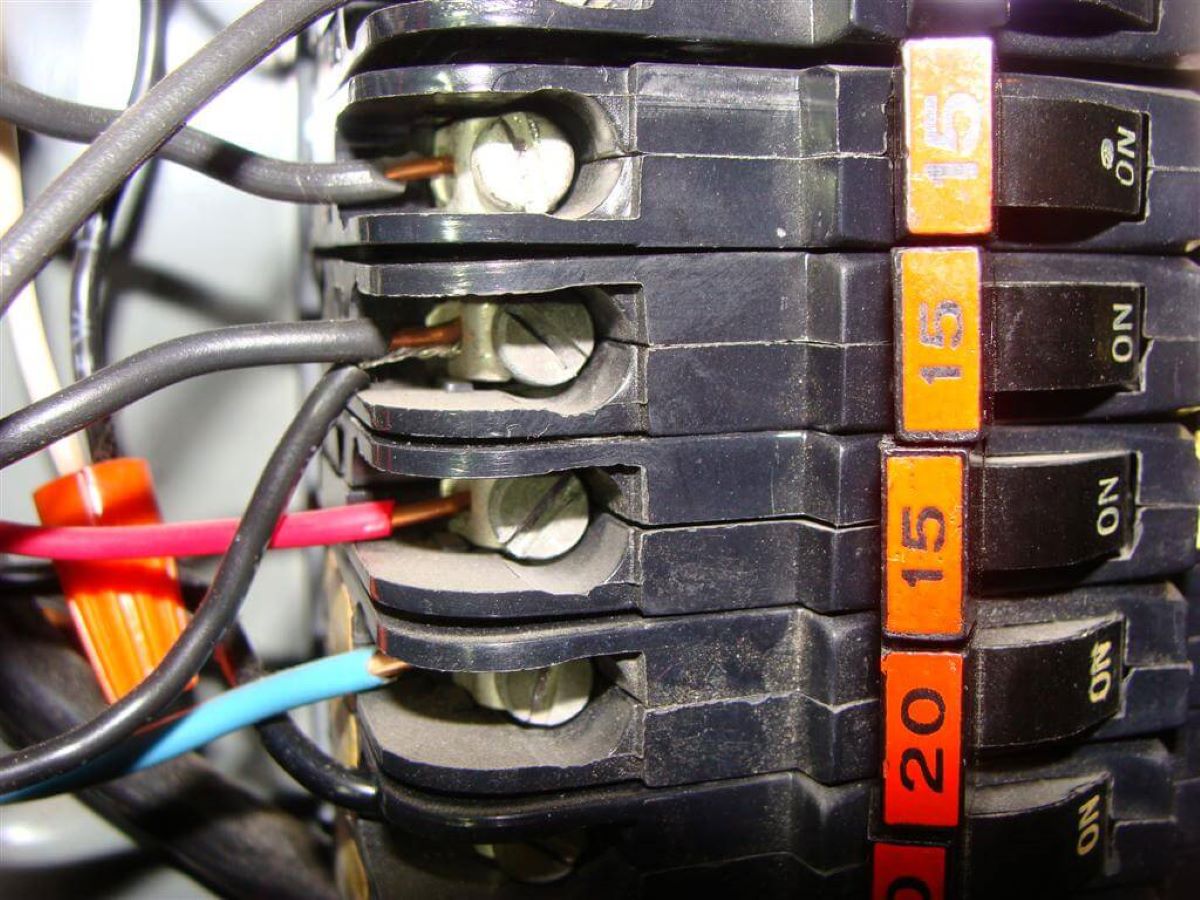

Articles
How To Correct Double Tapped Circuit Breakers
Modified: August 27, 2024
Learn how to correct double tapped circuit breakers with our informative articles. Discover step-by-step instructions and troubleshooting tips for a safe and efficient fix.
(Many of the links in this article redirect to a specific reviewed product. Your purchase of these products through affiliate links helps to generate commission for Storables.com, at no extra cost. Learn more)
Introduction
A double-tapped circuit breaker is a common electrical issue that homeowners may encounter. While it may not be immediately noticeable, a double-tapped circuit breaker can have serious consequences if not addressed promptly. In this article, we will explore what a double-tapped circuit breaker is, why it is a problem, and provide a step-by-step guide on how to fix it.
Electrical circuit breakers play a crucial role in protecting our homes from electrical overloads and potential hazards. They are designed to interrupt the flow of electricity when the current exceeds a safe limit, preventing damage to electrical appliances, wiring, and ultimately, avoiding the risk of electrical fires.
However, in some cases, multiple electrical wires may be improperly connected to a single circuit breaker, resulting in a double-tapped or double-lugged configuration. This means that instead of one wire being connected securely to a circuit breaker, there are two or more wires sharing the same terminal. This can lead to various issues that can compromise the safety and functionality of your electrical system.
It’s important to note that double-tapping is not an approved electrical practice and violates the National Electrical Code (NEC). NEC specifies that only one wire should be connected to each circuit breaker. Therefore, if you encounter a double-tapped circuit breaker, it’s essential to address the issue to ensure the safety of your electrical system.
In the following sections, we will discuss the potential problems caused by a double-tapped circuit breaker and guide you through the process of fixing it. Remember, if you’re not comfortable working with electricity, it is always best to hire a licensed electrician to handle the repairs.
Key Takeaways:
- Addressing double-tapped circuit breakers is crucial to prevent electrical hazards, maintain proper energy distribution, and comply with electrical codes, ensuring a safe and efficient electrical system in your home.
- By following a step-by-step guide and prioritizing safety, you can confidently fix double-tapped circuit breakers, preventing electrical overloads, loose connections, and non-compliance with electrical codes.
What is a double-tapped circuit breaker?
A double-tapped circuit breaker refers to a situation in which two or more electrical wires are improperly connected to a single circuit breaker terminal. Instead of each wire having its own dedicated connection point on the breaker, they are sharing the same terminal. This can result in issues such as poor electrical connections, increased risk of overheating, and potential damage to the electrical system.
A common scenario where double-tapping occurs is when a new circuit is added to an existing electrical panel. Instead of installing a separate circuit breaker for the new wire, the installer may connect it to an existing breaker that already has a wire attached. This shortcut saves time and effort, but it is not a safe or permissible electrical practice.
Double-tapping can occur in both residential and commercial electrical systems. It is often discovered during routine electrical inspections, when homeowners or electricians notice an overloaded breaker or erratic behavior in the electrical system.
Identifying a double-tapped circuit breaker is relatively simple. You can visually inspect the breaker panel and look for multiple wires connected to a single breaker terminal. In some cases, the wires may be secured under the same screw or lug, while in other instances, you may notice that one wire is connected to the breaker and another wire is inserted into the backstab or push-in connection.
It’s important to address a double-tapped circuit breaker promptly because it can lead to various problems. These issues can range from poor electrical connections and tripped breakers to overheating, damage to electrical devices, and even the risk of electrical fires.
Now that we understand what a double-tapped circuit breaker is and the potential problems it can cause, let’s explore why it is crucial to correct this issue in your electrical system.
Why is a double-tapped circuit breaker a problem?
A double-tapped circuit breaker may seem like a minor issue, but it can cause significant problems in your electrical system. Here are some reasons why it is crucial to address this issue:
- Electrical Overload: Double-tapping leads to multiple electrical wires sharing a single breaker terminal, which can overload the circuit. When multiple wires draw current through the same terminal, it can exceed the breaker’s designed capacity, leading to frequent tripping and potential damage to the electrical system.
- Loose Connections: Sharing the same terminal can result in loose connections between the wires and the breaker. Loose connections can cause arcing, which produces heat and can lead to damaged wires, burnt insulation, and even electrical fires.
- Inefficient Energy Distribution: When wires connected to a double-tapped breaker are not properly sized for the circuit, it can result in uneven distribution of electricity. Some appliances or outlets may receive inadequate power, while others may receive an excessive amount, leading to inefficient and unreliable operation.
- Breaker Damage: Double-tapping can put additional strain on the breaker itself, as it is not designed to accommodate multiple wires. This can lead to premature wear and tear on the breaker, reducing its lifespan and potentially causing it to fail when needed to protect against electrical hazards.
- Non-compliance with Electrical Codes: The National Electrical Code specifies that each wire should have its own dedicated terminal on a circuit breaker. Double-tapping violates this code. If your electrical system is not in compliance with the relevant electrical codes, it may result in difficulties during inspections, insurance claims, or even property sales.
Overall, a double-tapped circuit breaker poses a risk to the safety, functionality, and efficiency of your electrical system. It’s important to rectify this issue to prevent electrical hazards, ensure proper energy distribution, and comply with electrical codes and regulations.
Now that we understand why double-tapping is problematic, let’s move on to the tools and materials you will need to fix a double-tapped circuit breaker.
When correcting double tapped circuit breakers, always ensure to turn off the main power supply before making any adjustments to the electrical panel. This will help prevent the risk of electrical shock or injury.
Tools and materials needed
Fixing a double-tapped circuit breaker requires a few specific tools and materials. Before starting the repair process, make sure you have the following items on hand:
- Screwdriver: You will need a flat-head or Phillips screwdriver, depending on the type of screws used to secure the breaker panel cover and the circuit breaker itself.
- Wire Cutters: Wire cutters or wire strippers will be necessary to trim or remove the excess wires connected to the double-tapped breaker.
- Wire Connectors: Depending on the number of wires that need to be reconnected, you may require wire connectors such as wire nuts, twist-on connectors, or terminal blocks. These connectors will provide secure and proper connections for the wires.
- Electrical Tape: Electrical tape is essential to insulate the wire connections, ensuring they are protected and secure.
- Circuit Breaker: In some cases, if the existing breaker is damaged or does not have enough space for the additional wire, you may need to replace it with a new, appropriately sized circuit breaker.
- Marker or Labeling Tape: It’s always a good practice to label the circuits and breakers in your panel to ensure easy identification in the future. Use a permanent marker or labeling tape to mark the associated breaker with the circuit it controls.
- Personal Protective Equipment (PPE): As you will be working with electricity, it is important to prioritize safety. Wear appropriate PPE, such as safety goggles and insulated gloves, to protect yourself from potential hazards.
These tools and materials should be readily available in most households or can be easily obtained from your local hardware store. Having them prepared beforehand will make the repair process smoother and more efficient.
Now that you have the necessary tools and materials, let’s move on to the step-by-step guide on how to fix a double-tapped circuit breaker.
Step-by-step guide to fix a double-tapped circuit breaker
Now that you have gathered the necessary tools and materials, let’s walk through the step-by-step process to fix a double-tapped circuit breaker:
- Turn off the power: Before starting any electrical work, it is crucial to turn off the power supply to your electrical panel. Locate the main service panel and switch off the corresponding circuit breaker or shut off the main disconnect.
- Remove the panel cover: Use a screwdriver to carefully remove the screws securing the panel cover. Set the cover aside in a safe place.
- Identify the double-tapped breaker: Inspect the breakers and look for the one that has multiple wires connected to it. Note the circuit or circuits associated with the double-tapped breaker.
- Double-check the power is off: Use a non-contact voltage tester to verify that there is no live electricity running through the circuit breaker and the wires connected to it.
- Disconnect the wires: Unscrew the terminal screws or remove the wires from the push-in connectors attached to the double-tapped breaker. Carefully detach and separate the wires from each other.
- Trim or reroute the wires: Depending on the situation, you may need to trim the excess wire length or reroute the wires to their own dedicated breaker. Ensure that each wire is properly sized and stripped for connection.
- Connect the wires individually: Attach each wire to its own dedicated terminal on the breaker. Use wire connectors, such as wire nuts, to secure the connections. Make sure the connections are tight and secure.
- Reinstall the breaker: Carefully slide the breaker back into its original position in the panel and ensure it is properly aligned with the bus bar. Gently push it down until it fully snaps into place.
- Replace the panel cover: Align the panel cover with the panel and secure it in place using the screws. Do not overtighten the screws, as it may damage the panel cover or the panel itself.
- Restore power: Once the panel cover is securely in place, it’s time to restore power. Flip the circuit breaker or turn on the main disconnect to energize the electrical panel.
- Test the circuit: Test the circuit or circuits that were associated with the double-tapped breaker. Ensure that everything is functioning properly, and there are no abnormal behaviors or tripped breakers.
- Label the breaker: To avoid confusion in the future, use a marker or labeling tape to clearly mark the associated breaker with the corresponding circuit it controls.
Remember, if you are unsure or uncomfortable with any step of the process, it is always recommended to seek the assistance of a licensed electrician. Electrical work can be dangerous if not handled properly.
By following this step-by-step guide, you can successfully fix a double-tapped circuit breaker and ensure the safety and efficiency of your electrical system.
Now that you have learned the process of fixing a double-tapped circuit breaker, let’s conclude our article.
Read more: How To Test Breakers
Conclusion
Fixing a double-tapped circuit breaker is essential for the safety and functionality of your electrical system. By addressing this issue, you can prevent electrical overloads, maintain proper connections, and ensure compliance with electrical codes and regulations.
In this article, we have discussed what a double-tapped circuit breaker is and why it is a problem. We have highlighted the potential issues that can arise from double-tapping, such as electrical overload, loose connections, inefficient energy distribution, breaker damage, and non-compliance with electrical codes.
We have also provided a step-by-step guide on how to fix a double-tapped circuit breaker. It is important to follow the process carefully and prioritize safety when working with electricity. If you are unsure or uncomfortable with any step, it is always best to seek the expertise of a licensed electrician.
Remember to gather the necessary tools and materials before starting the repair process. These may include a screwdriver, wire cutters, wire connectors, electrical tape, a new circuit breaker if needed, marker or labeling tape, and personal protective equipment.
By using this guide, you can confidently address a double-tapped circuit breaker issue and maintain a safe electrical system in your home.
However, if you are unsure about your abilities or encounter any difficulties during the process, it is always recommended to consult a professional electrician. They have the knowledge and experience to handle electrical repairs and ensure your system is functioning properly.
Remember, safety should always be the top priority when working with electricity. By addressing a double-tapped circuit breaker promptly, you are taking a proactive step in maintaining a safe and efficient electrical system in your home.
Frequently Asked Questions about How To Correct Double Tapped Circuit Breakers
Was this page helpful?
At Storables.com, we guarantee accurate and reliable information. Our content, validated by Expert Board Contributors, is crafted following stringent Editorial Policies. We're committed to providing you with well-researched, expert-backed insights for all your informational needs.
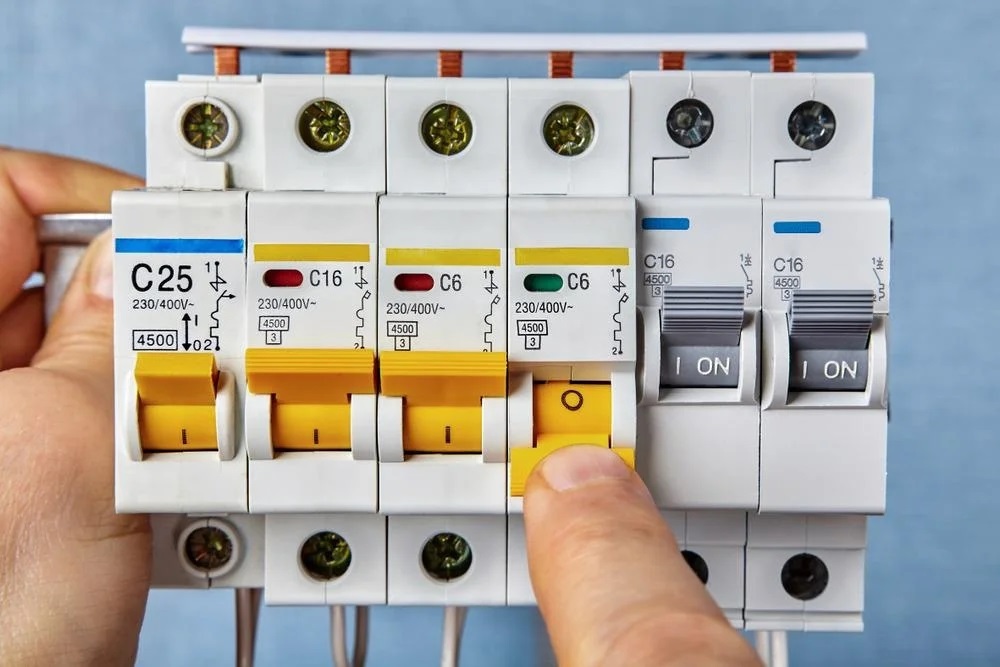
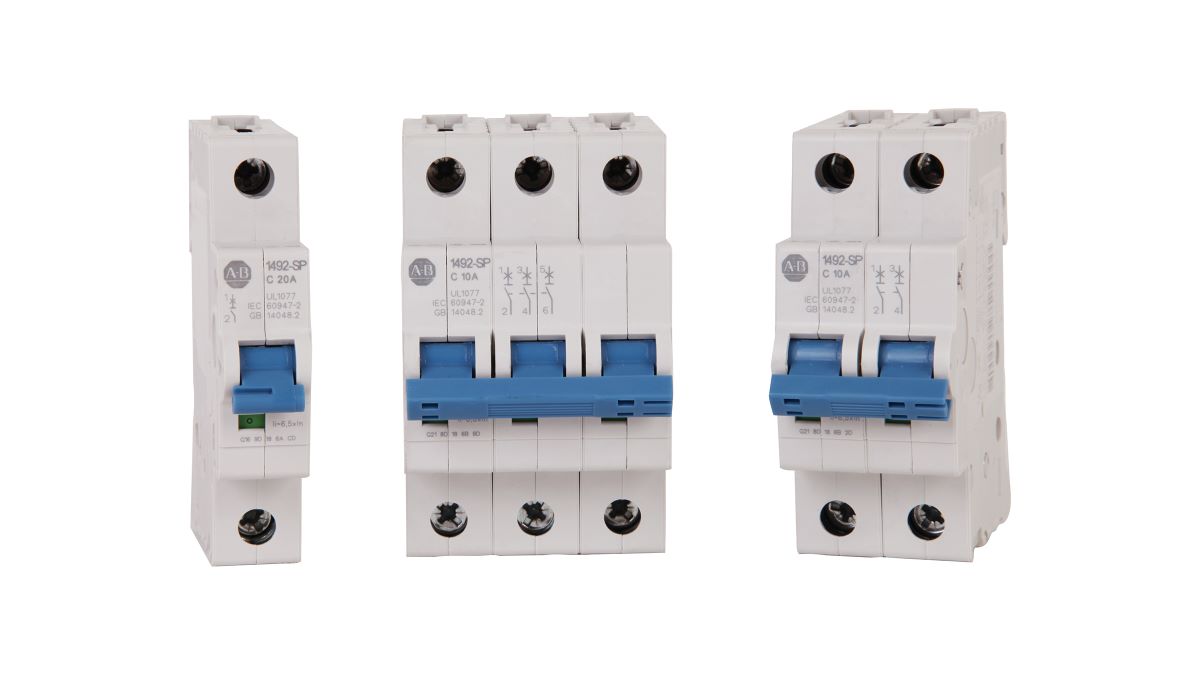
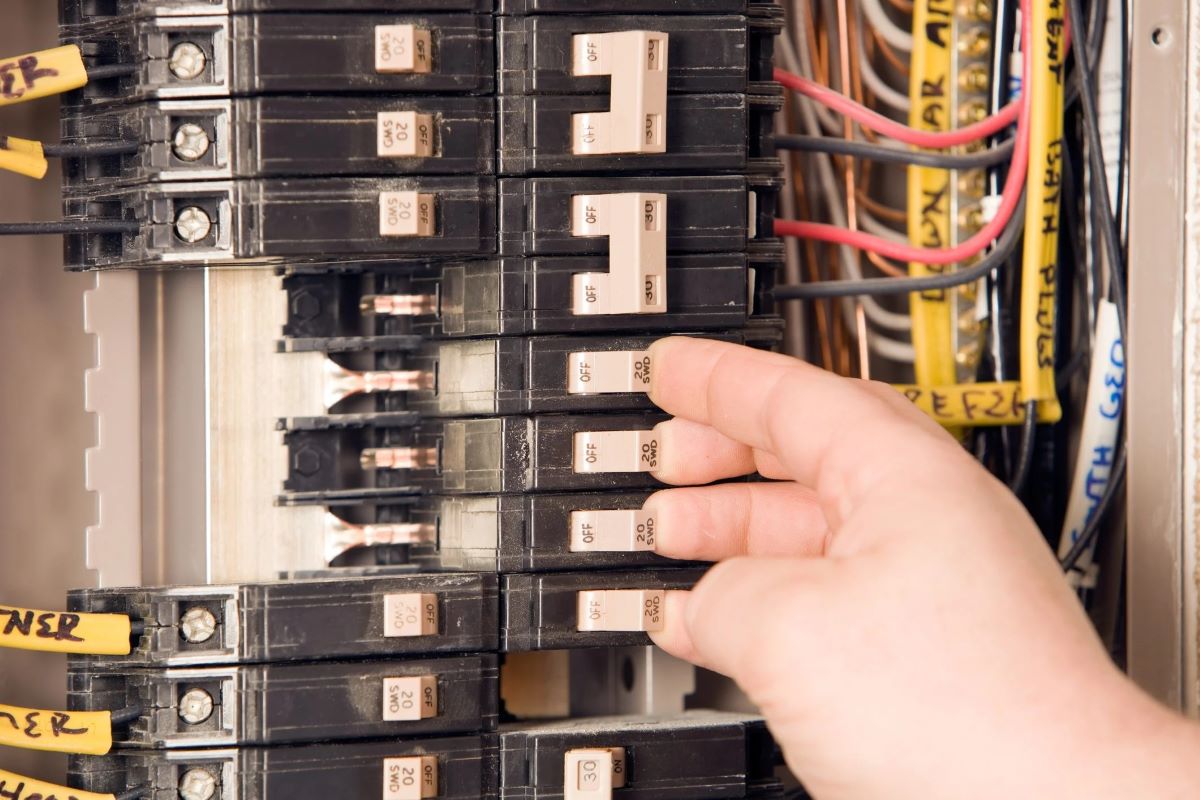
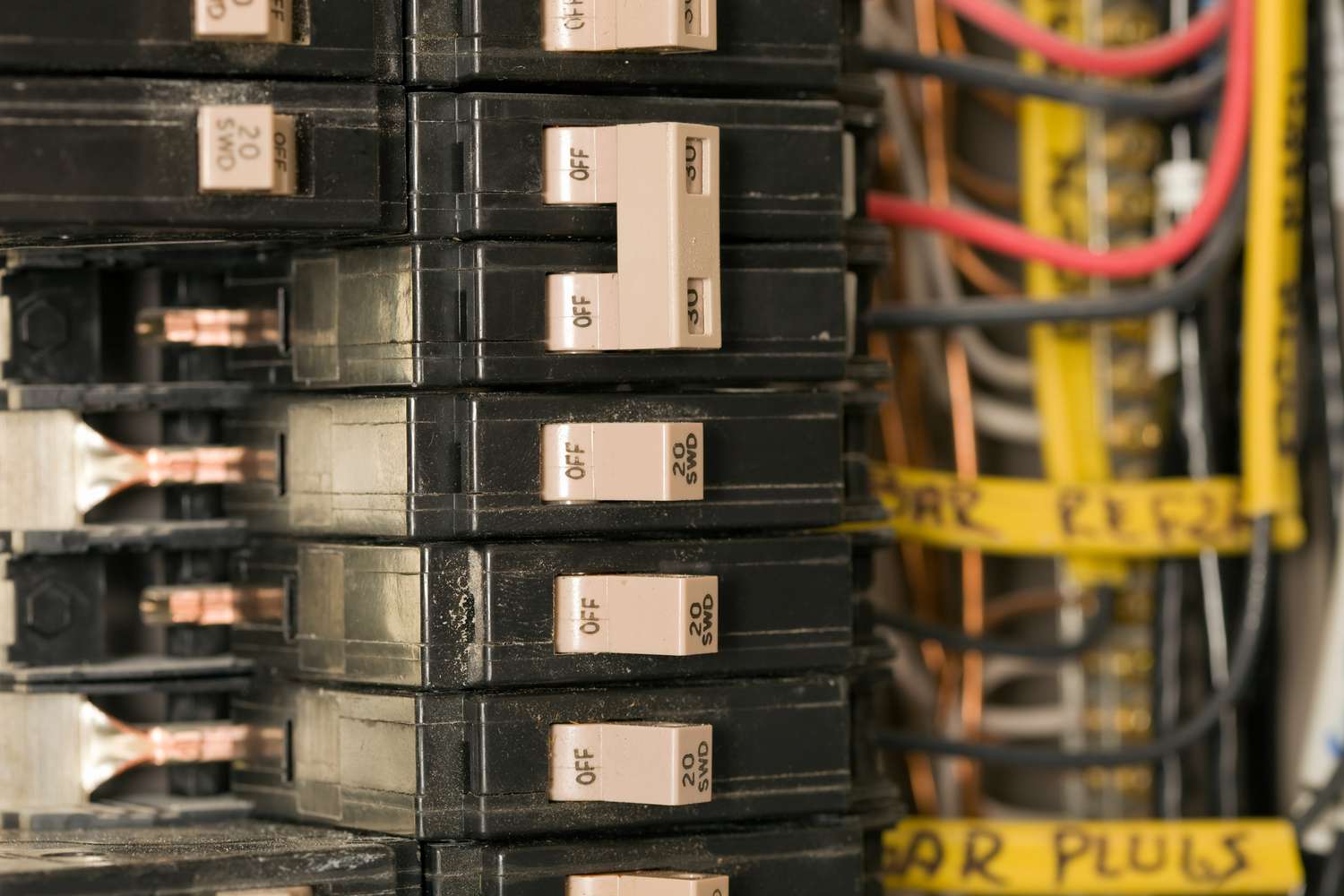
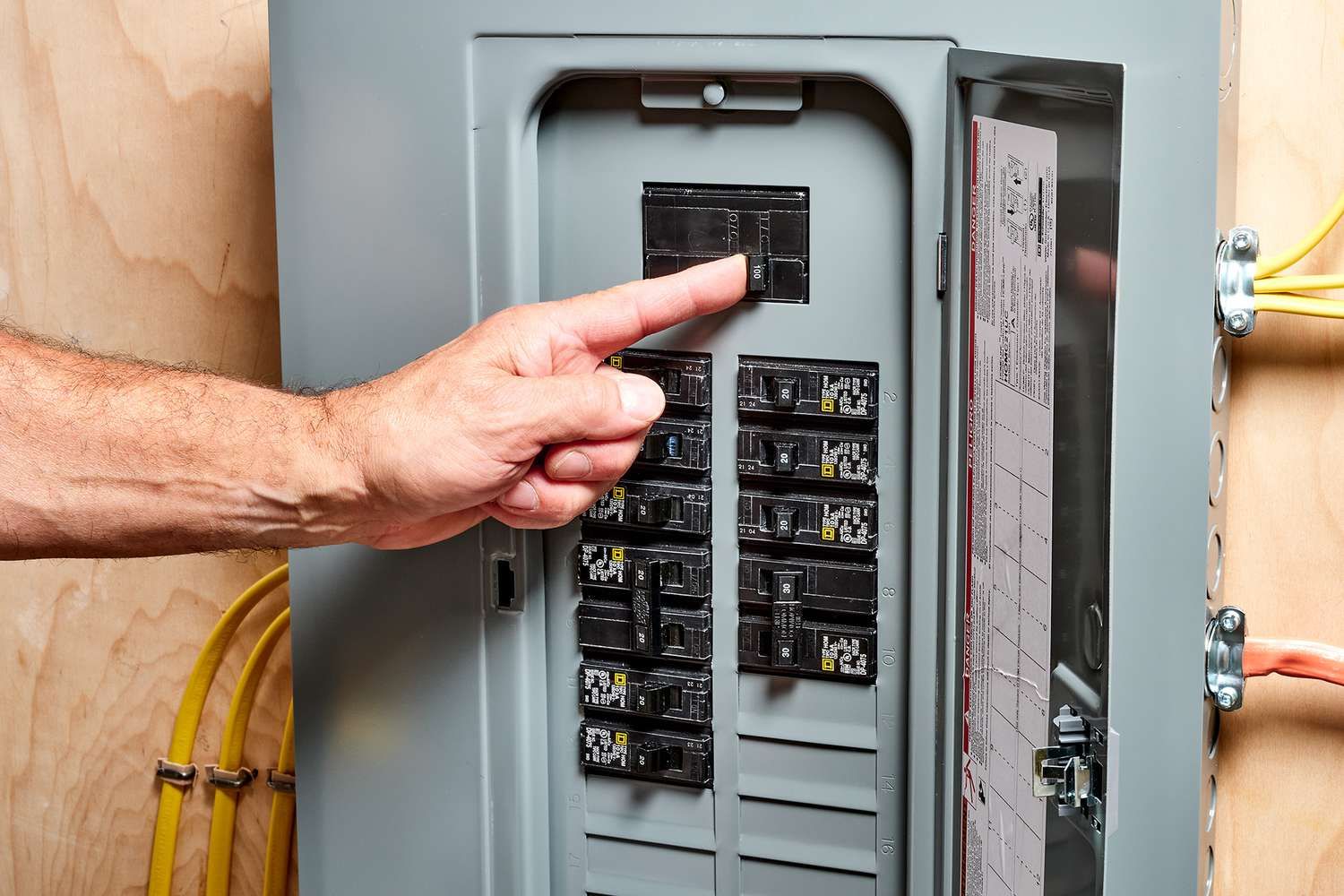
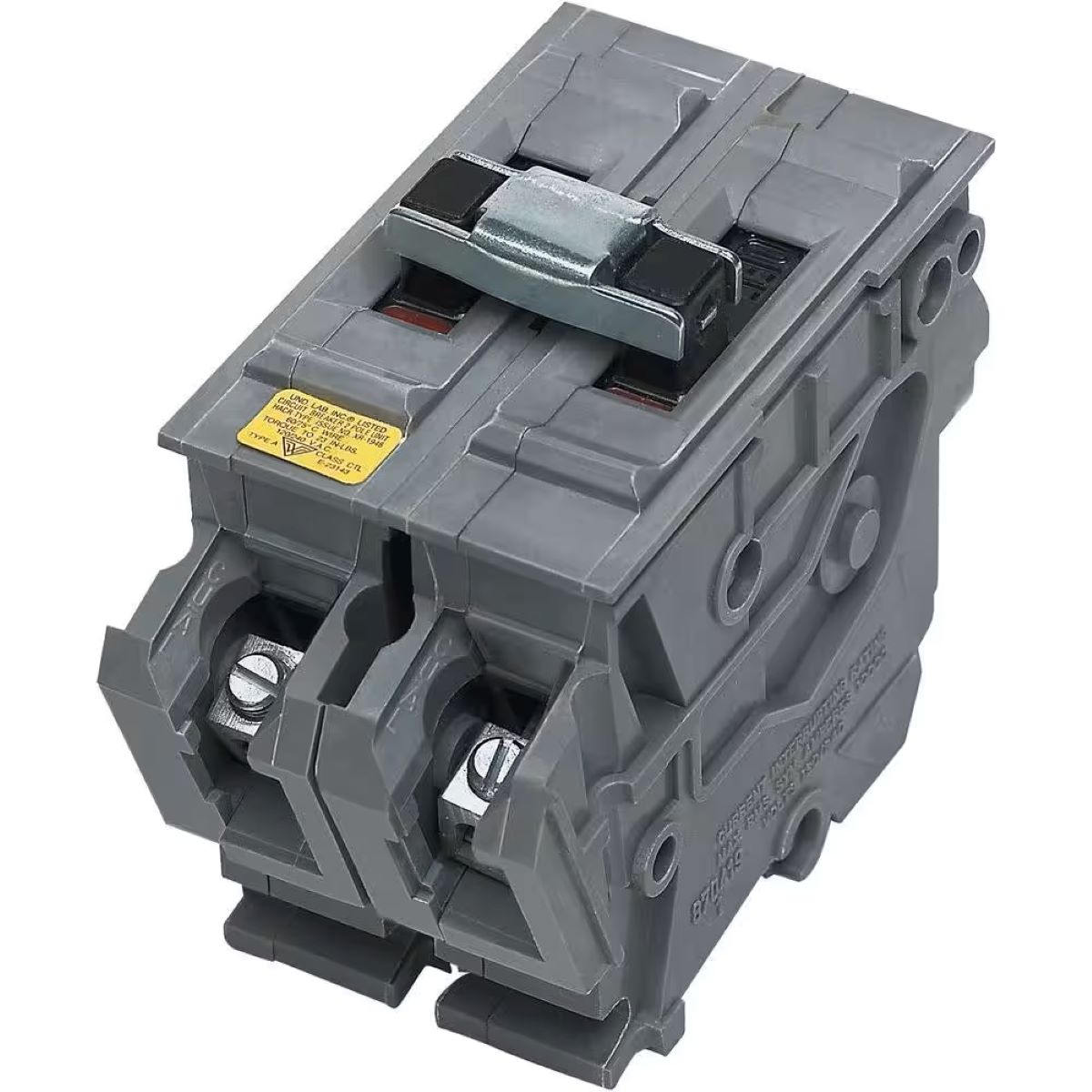
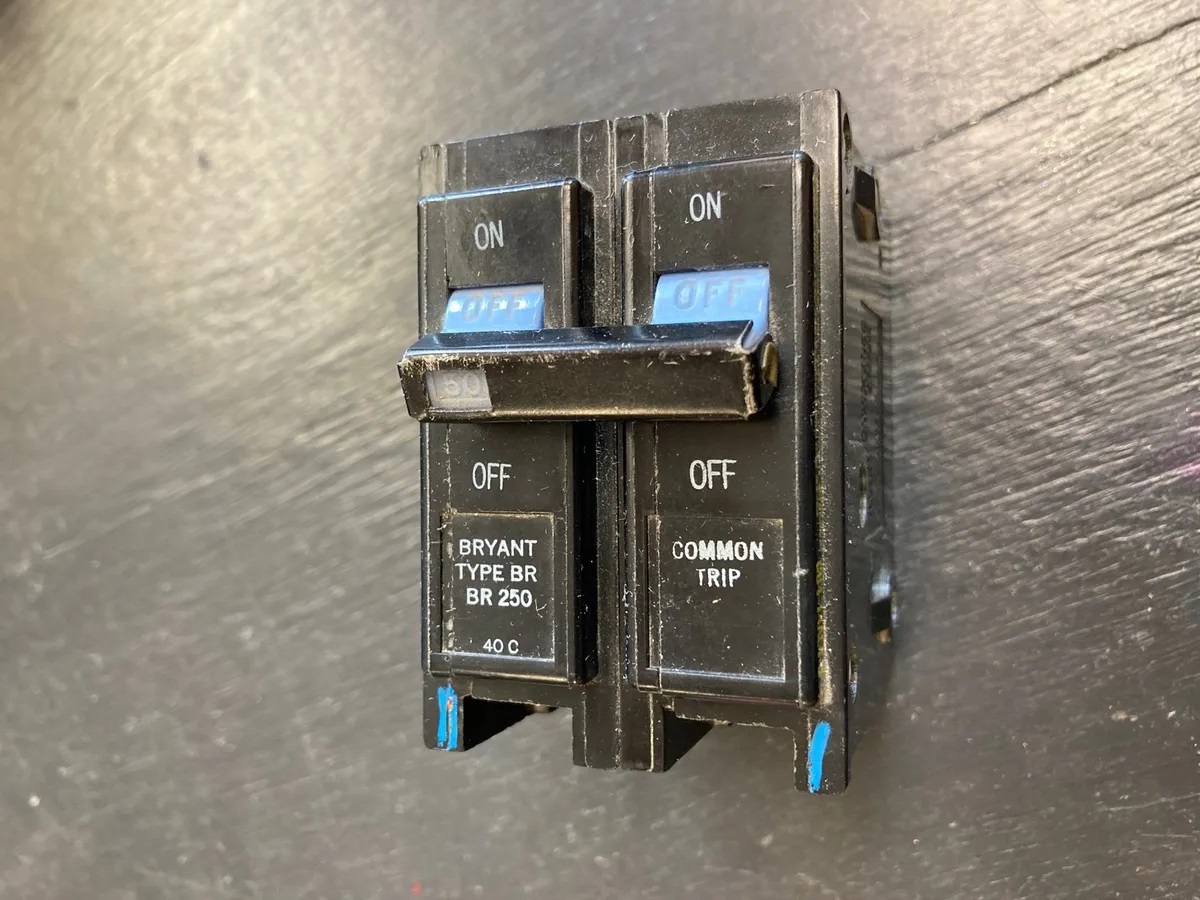
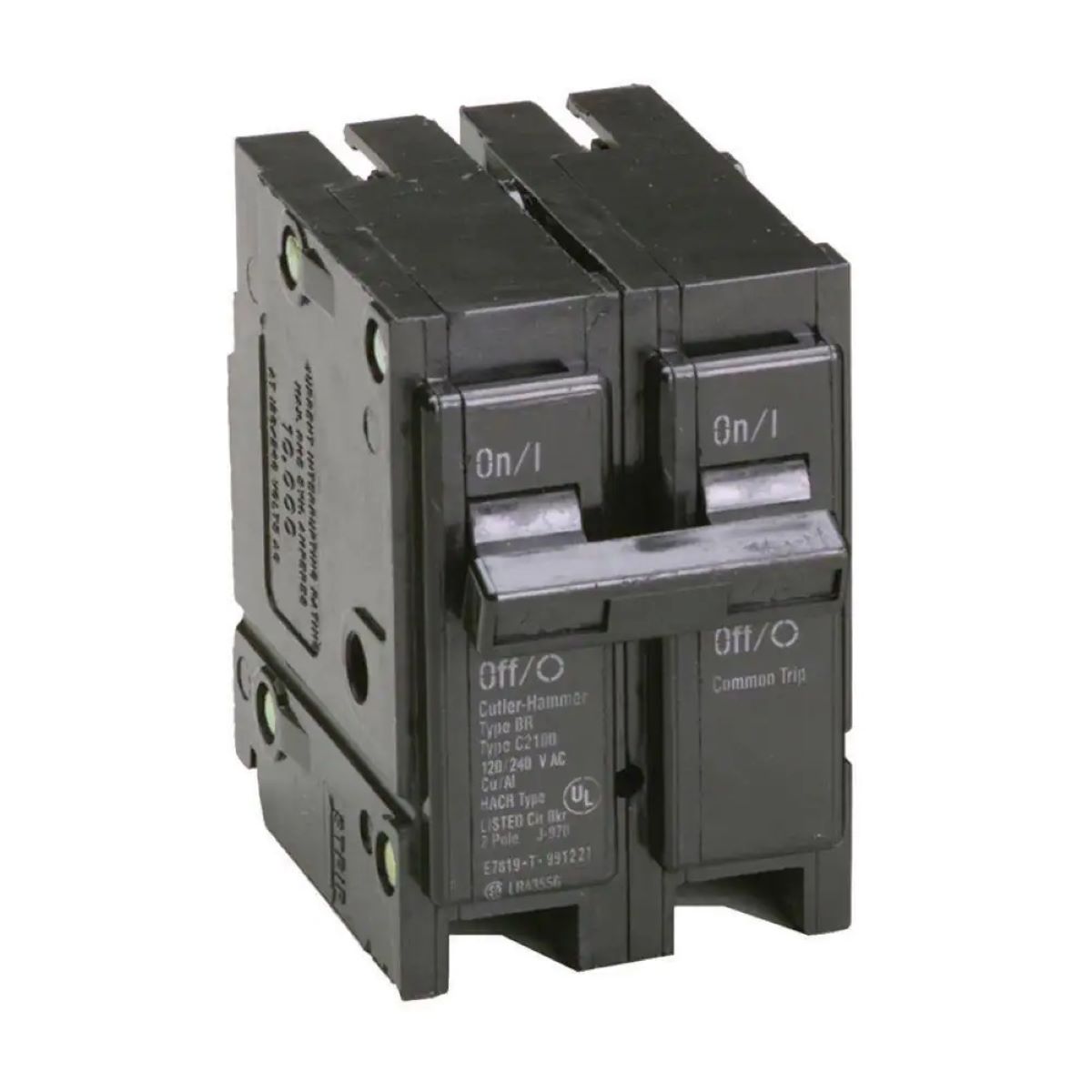

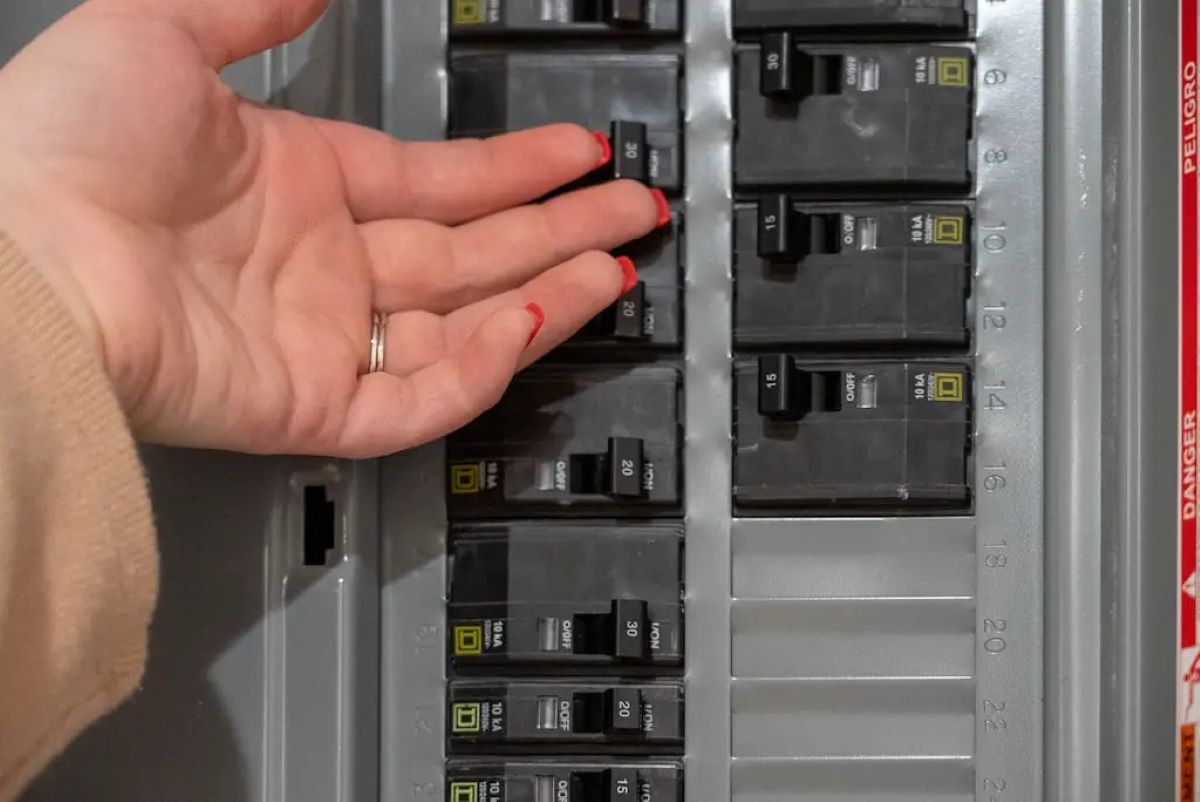
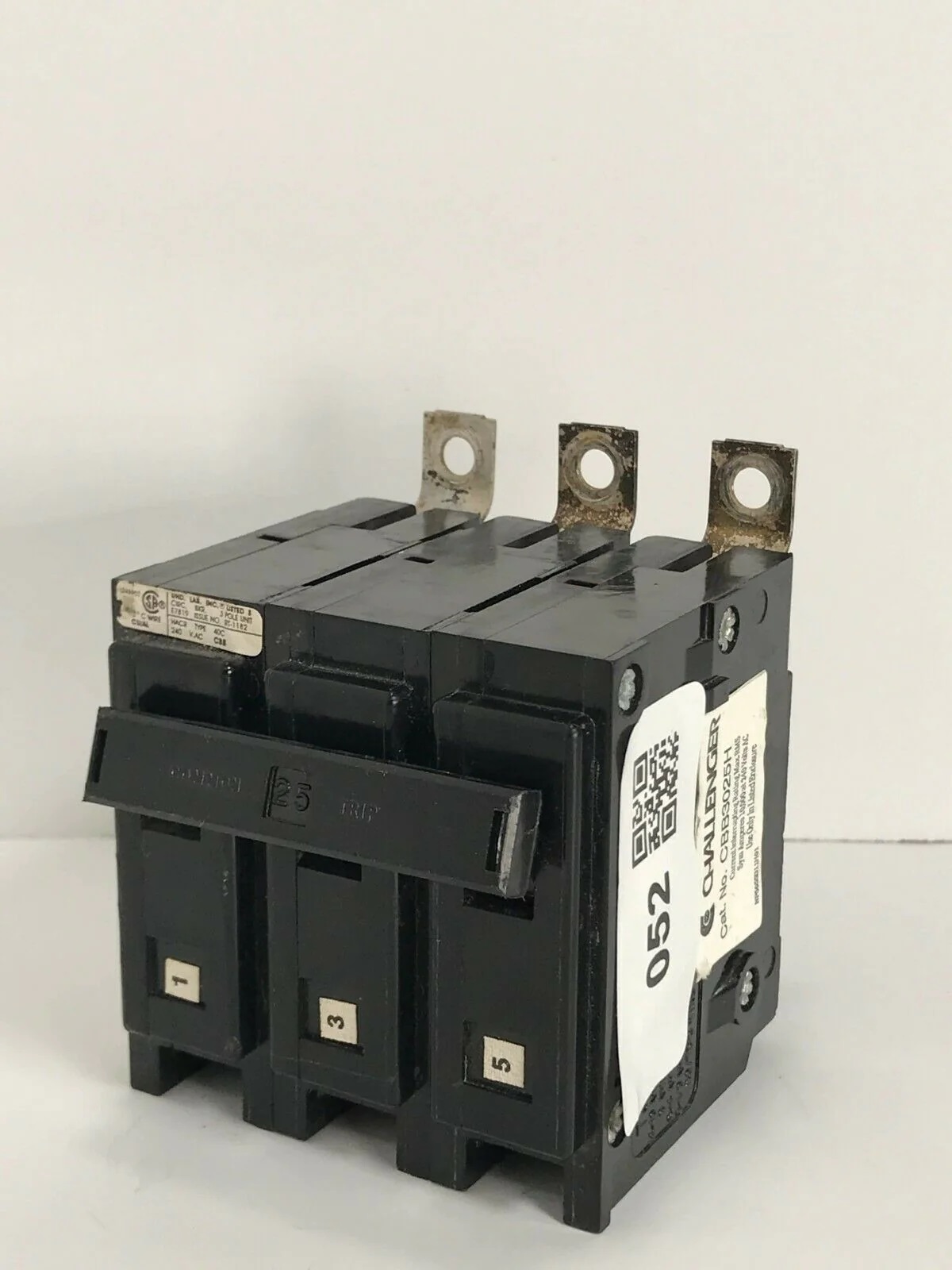
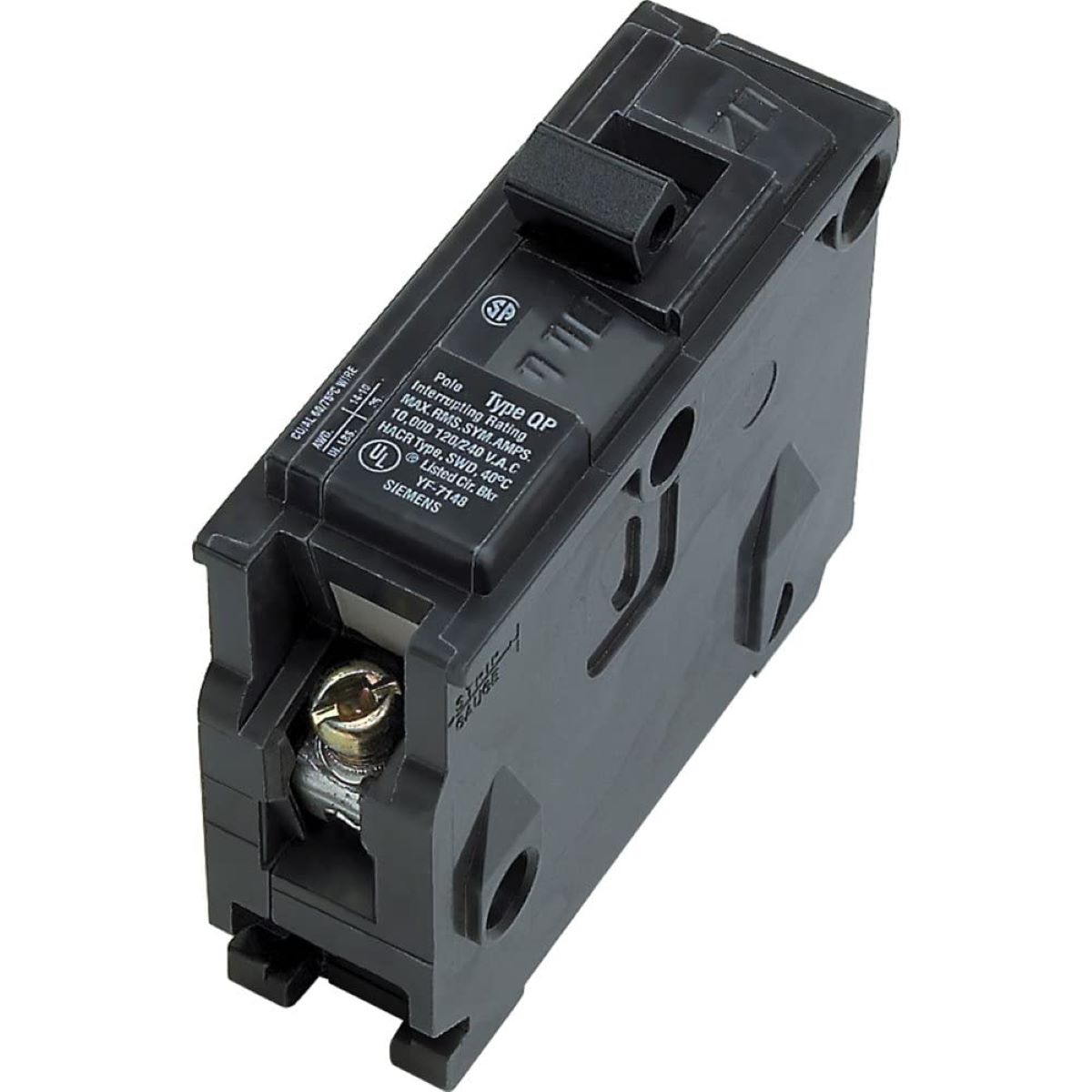
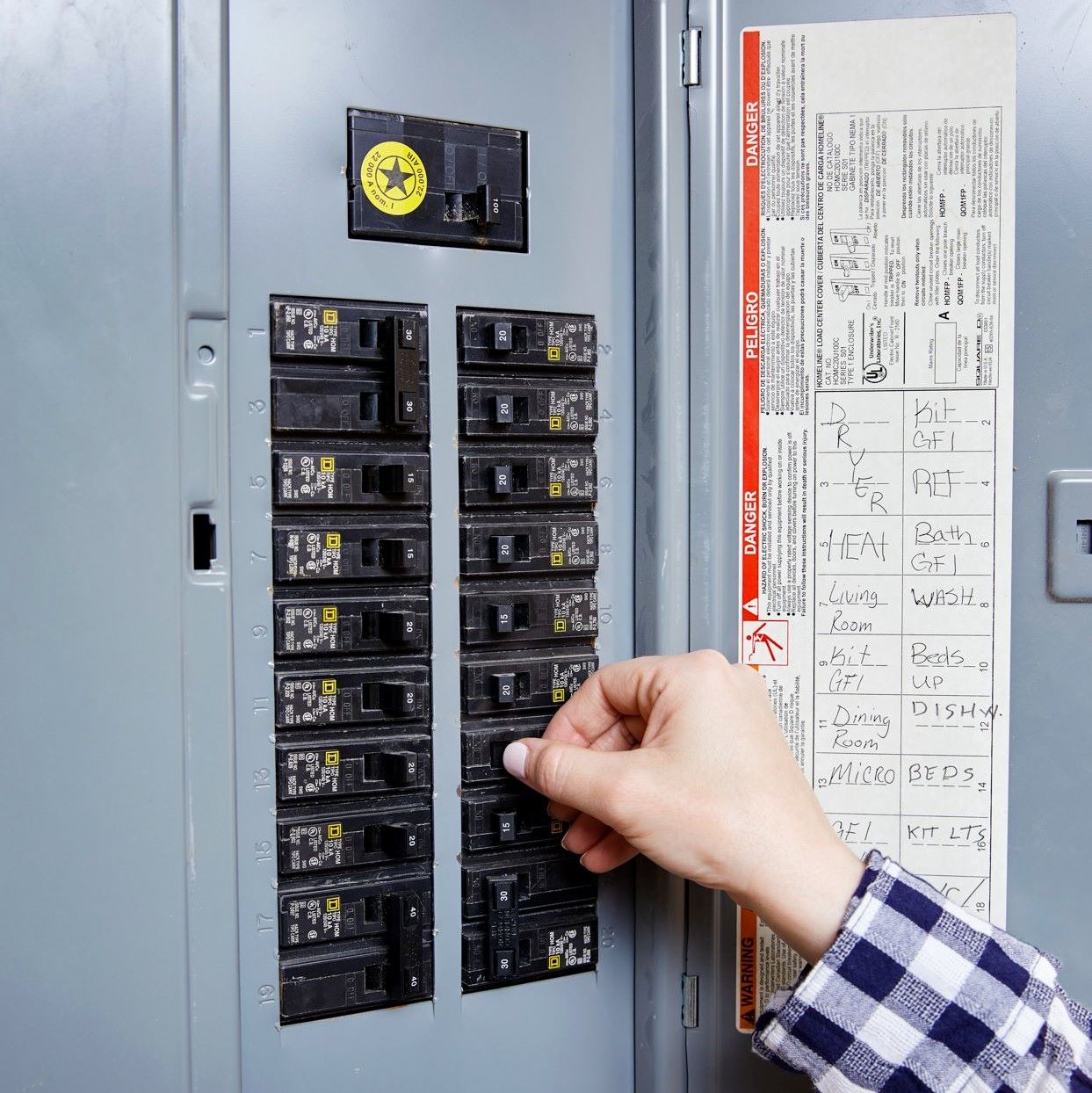
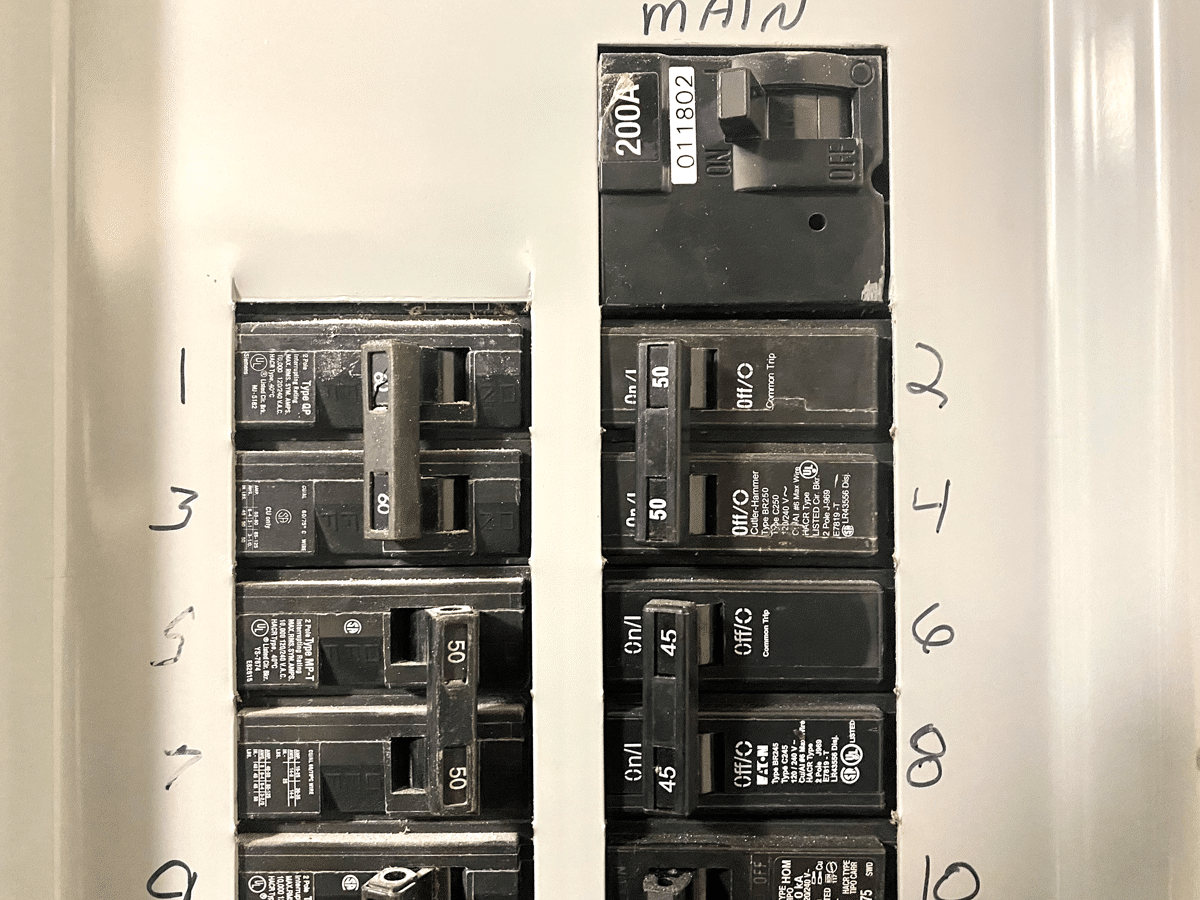

0 thoughts on “How To Correct Double Tapped Circuit Breakers”